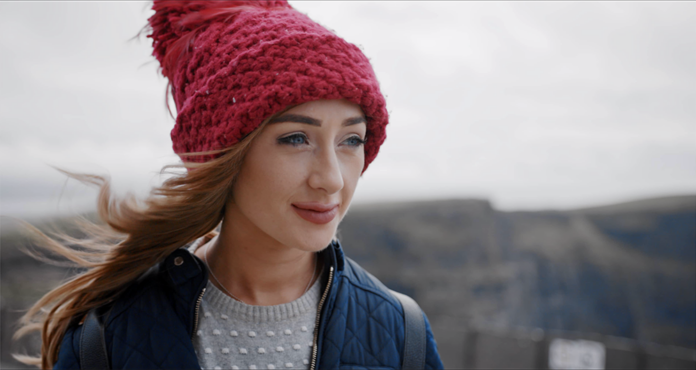Since 2019, the fight against “fake news” has become the motto for the public HPV vaccination campaign in which Laura Brennan and her group played a major role.
That is one of the key messages from a new UK study by medical and data experts who analysed how the late Ennis HPV vaccine campaigner and her family helped to achieve a significant increase in the cervical cancer vaccination rate in Ireland by overcoming “fake news”.
In this research, the authors studied vaccine hesitancy in relation to Covid-19 in France and Italy and then contrast this with the HPV vaccination discourse in Ireland.
The report ‘Fighting Fake News: Online Disinformation in Covid Times’ is one of seven research studies funded under the British Academy’s Covid-19 Recovery: building future pandemic preparedness and understanding citizen engagement in the G7 programme.
In 2010, the Irish government introduced a national vaccination campaign for young girls and boys against HPV. Up until 2015, a stable rate of about 85% of young girls 17-18 year-olds was fully vaccinated with three doses.
However, this number dropped to less than 60% of the same population in 2017.
This was the result of an active anti-vax communication campaign by lobby groups of parents who argued that the vaccine caused harm, even though scientific research had found no proven links between the vaccine and the alleged side effects.
By 2019, the vaccination rate had returned to 70% nationally, and in Clare it reached 90%. Laura Brennan died in March 2019, but her testimony is still being relayed by the Irish government and WHO.
The study stated Laura Brennan, who was diagnosed with cervical cancer in December 2016 at the age of 24 “stood out in the fight against cervical cancer”.
In 2017, Laura decided to speak up when she learned she could not be cured and started a strong online engagement with hesitant users and anti-vaccination groups.
She contacted the HSE and worked conjointly with them to spearhead the fight against the growing distrust of a vaccine that could have saved her life if it was available a decade earlier.
In May 2019, RTE, broadcast a powerful documentary on Laura Brennan’s end of life: ‘This Is Me’.
The study stated the Irish case on HPV vaccines shows how social activists can create constructive engagement online, and as a result, increase vaccination rates.
The experts examined social media posts including three accounts and 2,400 tweets on Twitter, 185 posts on Facebook, photos and videos from Instagram, 28 videos from YouTube and RTE website, 527 minutes, radio recordings 75 minutes, 36 press articles and official websites beginning in 2015 at the beginning of the drop in HPV vaccinations, and ending in 2020, one year after the death of Laura Brennan.
Their analysis reveals how the anti-vax movement used videos and social media text to create fear.
They published images of themselves suffering and talked about the pain caused to them by the vaccines they had been given.
The research found Laura and her team engaged with families and the anti-vaccination groups on social media.
“Laura developed mirroring strategies that embodied the cause; these evoked empathy and identification from people who were against HPV.
“The group created a distancing strategy from the anti-vaxxers’ identity; this successfully turned negative emotions into positive emotional energy.
“Laura developed an enactment strategy as a call for action for people who were engaged in the problem. Laura’s case points at the importance of creating identification with ‘hesitant’ people and engaging with them at the same emotional level; Laura did this through what we term ‘mirroring strategies’.
“The case also emphasises the importance of transforming negative emotional energy into positive emotional energy in order to take people out of the emotion of fear.”
East Clare correspondent, Dan Danaher is a journalism graduate of Rathmines and UL. He has won numerous awards for special investigations on health, justice, environment, and reports on news, agriculture, disability, mental health and community.




